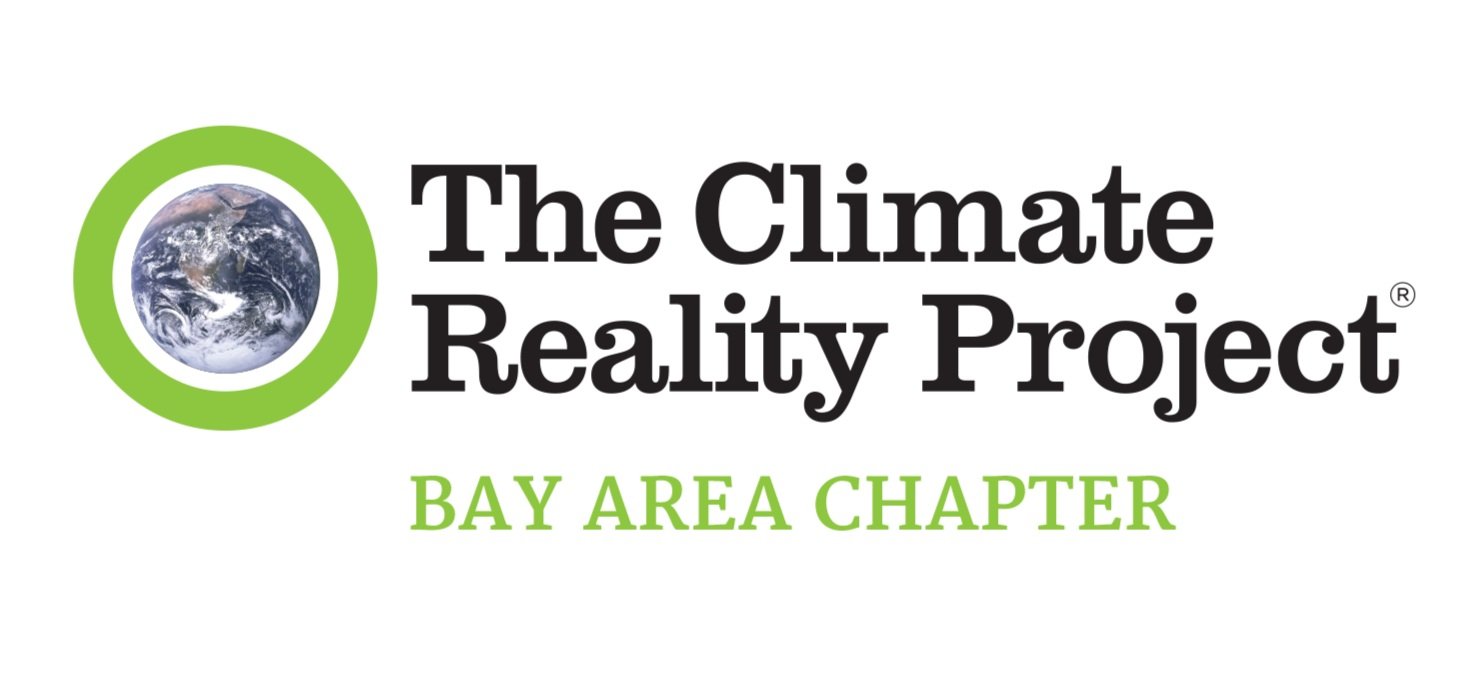WILL NONCOOPERATION BE ENOUGH TO SOLVE THE CLIMATE CRISIS?
- by Josey Goggin, Chapter Member
Nonviolent actions rely upon acts of omission (refusing to do what you would normally do, or are required to do by law), or acts of commission (doing things you don’t usually do or are forbidden by law from doing). They require stepping outside your normal to bring attention to the abnormal.
Both acts are forms of withdrawing one’s consent from a given situation and are at the foundation of Gene Sharp’s methods of nonviolent action. Nonviolent actions are driven by a need to bring about a long-term change in an opponent’s behavior through conversion (the opponent comes around to a new point of view), accommodation (the opponent chooses to grant demands without changing their point of view), or coercion (the opponent is forced to change without his agreement). How one focuses a campaign will depend upon which level of change is desired.
Last month I wrote about the first category of Gene Sharp’s 198 methods of nonviolent action: protest and persuasion. Focused on raising others’ awareness of issues, those actions are the first facet of nonviolent action. Over the past two decades, protests and persuasion have, rightly, been the focus of climate action.
But in the United States today the majority of Americans share concerns about our environment and desire sweeping changes to protect it.
Awareness of the issue of climate change has been successfully raised.
Strategies that challenge those standing in the way of achieving climate change action need to be the focus going forward. Noncooperation and nonviolent intervention are a place to start.
The three forms of noncooperation are:
• Social
• Economic
• Political
Social noncooperation breaks down into forms of ostracism of persons, noncooperation with social events, customs, and institutions, and withdrawal from the social system.
Greta Thunberg’s school strike falls under this form of noncooperation. Her opponent, as revealed by her taking up position outside the Swedish parliament, was initially the Swedish government and their lack of action on climate. That target grew to include governments worldwide as students around the planet joined her efforts. In the US, school strikes and the Sunrise Movement have successfully moved the concept of the Green New Deal into public consciousness, and onto some politicians’ platforms.
Economic noncooperation covers all forms of boycotts: actions by consumers, by workers and producers, by middlemen, by owners and management, by holders of financial resources, by governments; and strikes: symbolic, agricultural, special groups, industrial, restricted, multi-industry, and economic closures. (Boycotts and strikes generally differ in the kind of leverage the person acting holds, ability to withhold financial or other support vs. withholding labor.)
The Stop the Money Pipeline campaign falls into this category of nonviolent action. But, unlike Greta Thunberg’s government targets, this campaign is aiming to bring about change in the financial sector funding fossil fuel expansion.
Political noncooperation entails actions such as rejection of authority, citizens’ noncooperation with government, citizens alternatives to obedience, actions by government personnel, domestic governmental action, and international governmental action.
#FridaysforFuture and Stop the Money Pipeline are targeting different facets of the climate change problem. I can’t help wondering if that disparity, as well as the lack of political noncooperation actions, might be an issue we need to work through to achieve change. Looking more closely at the notion of long-term change coming about via conversion, accommodation, or coercion may shed some light.
#FridaysforFuture is focused clearly and specifically on demanding governments follow climate science. Their target is clear. Their message is simple and straightforward. This is an attempt to convert the government to the activists point of view, and then act in concert with them to protect the planet from further damage. Conversion is the goal because, really, there is no way for the activists to shame the governments to move forward with changes without agreeing to their necessity. Individual officials can be voted out during elections, but, as a whole, the government must be onboard with the goals of following the science to implement laws that lead to change.
#StoptheMoneyPipeline is equally focused, their target the financial sector rather than the government, their message also clear: stop pouring money into what will kill the planet. But these activists are unlikely to achieve conversion to the cause. Their greatest hope, I believe, is to achieve accommodation, whereby portions of the financial sector implement changes that quiet the din of consumer and investor anger, but do not lead to prioritizing climate over cash.
Profits are the bottom line in the financial sector. As long as consumers are making noise about where their money is being spent, targeted corporations will make gestures at changes. But as Bill McKibben pointed out in February the changes often don’t meet their own declared standards, and won’t go nearly far enough.
So where does that leave us?
When you achieve conversion to support of an idea within a government you can craft laws that demand accommodation or coercion. Companies and institutions can be required to abide or pay a price.
Do we gain the same level of power in a forced accommodation by financial institutions? Who are they ultimately responsible to? Consumers? Or shareholders? Can we trust that they will continue to accommodate when the dust settles? Or will they require constant reminders?
There is some sense of security in not targeting the government, in applying our consumer power instead of our political will. Challenging the government through noncooperation feels more profoundly rife with danger. But economic noncooperation is only a small slice of the nonviolent pie.
Successful nonviolent campaigns rely on a full slate of action.
To that end, next month I will dig into Gene Sharp’s methods of nonviolent intervention.
Additional resources:
Yale research on positive impacts of consumer activism on Climate Change
Josey Goggin is a former architect, an academic, and a writer. You can find her blogging about nonviolent action at JoseyGoggin.com.
